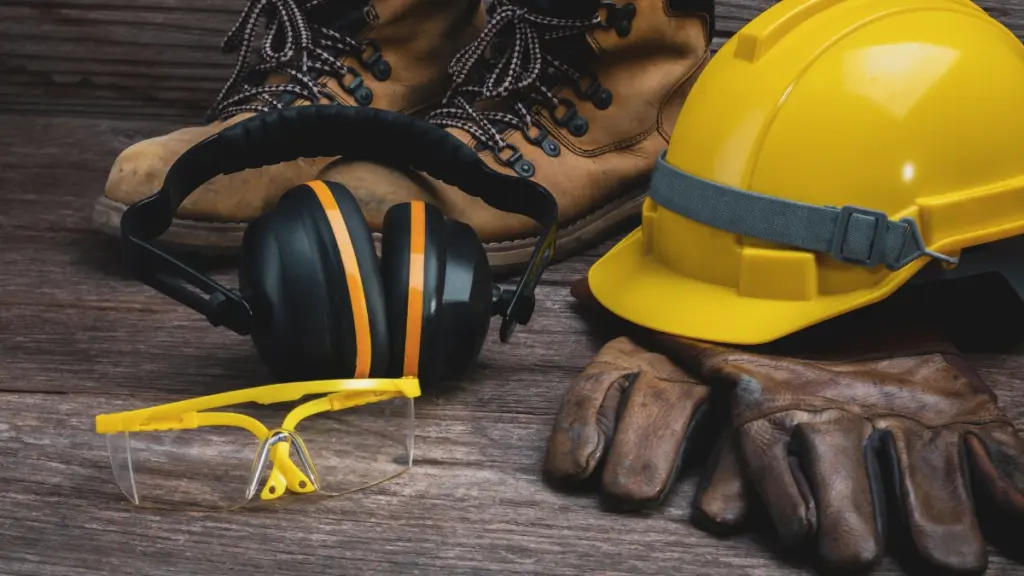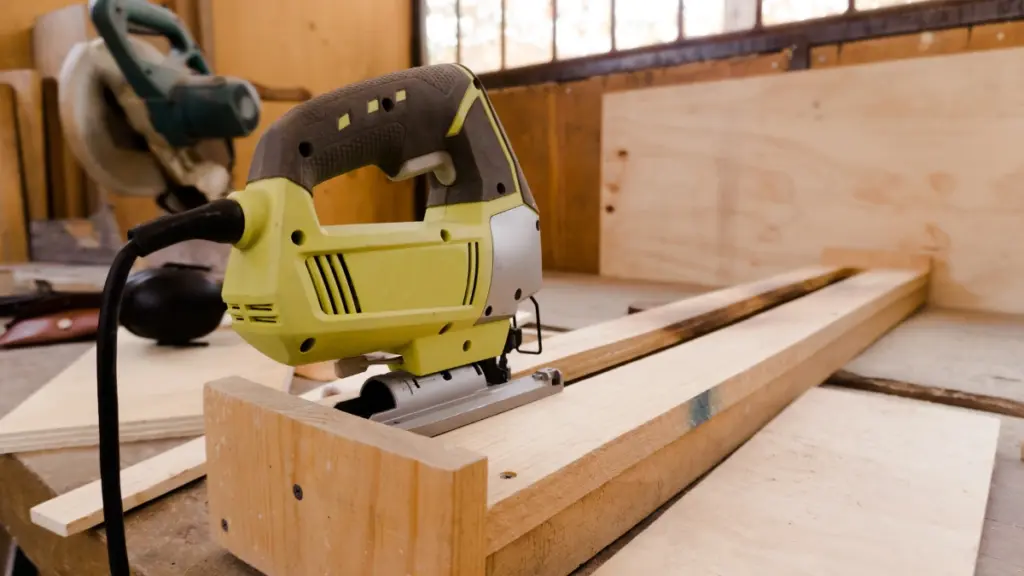Are you new to the world of carpentry? Or perhaps you feel confused and afraid of using power tools incorrectly? Don’t worry, that means you need to learn how to use power tools properly and safely at home.
By knowing how to use power tools, you will find it easier to do carpentry work or DIY projects. Tasks such as drilling walls, cutting wood, or even assembling furniture can be completed faster, more neatly, and without causing fatigue.
Read this article to find out how to use power tools properly and safely, so you can start using them with confidence.
How to Use Power Tools

How to use power tools properly and safely can be divided into three stages: before using them, while using them, and after using them. Here’s how:
Get to know the types of power tools used
First of all, before using power tools, you need to get to know the tools. Here are some tools that are commonly used at home:
- Electric drill: For drilling walls, wood, or metal.
- Angle grinder: For cutting or smoothing hard surfaces.
- Electric saw (jigsaw or circular saw): Suitable for cutting wood or boards.
- Electric screwdriver: Makes it easier to tighten and loosen screws.
You need to know these tools so that you understand the functions and how each tool works.
Read the manual or watch tutorial videos
If you are confused about how to use power tools you just bought, reading the manual or watching official videos from the manufacturer can be very helpful. The manual will provide information about the functions of each button, how to replace drill bits or saw blades, and simple maintenance steps.
For tools equipped with smart features such as Bluetooth or WiFi, there are usually additional settings that can be accessed through an app. Therefore, don’t skip reading the manual or watching the official tutorial video.
Using personal protective equipment

Using personal protective equipment is not only for professionals; it is also very important for beginners. Power tools are powerful and can cause injury if not used carefully. You can use several types of personal protective equipment as a preventive measure, including:
- Safety glasses: To prevent debris from entering the eyes
- Gloves: Protect your hands from vibrations or injuries
- Mask: Protect yourself from dusty materials
- Earplugs: Protect yourself from tools that produce loud noises
Don’t underestimate personal protective equipment even if you work at home. Avoid wearing loose clothing and clothing with dangling parts that could get caught. Put your safety first.
Check the condition of the equipment before use
Equipment in good condition will make your work safer. Make sure the cables, batteries, and machine parts are in good condition and not damaged. You need to check that the cables are still in good condition and have not been chewed by rats while stored in the warehouse.
For battery-powered tools, you also need to check that the batteries are fully charged to avoid having to stop work mid-task just to recharge them. Finally, check the moving parts of the machine; you can apply lubricant to improve its performance or clean it if it is dirty and dusty.
Ensure the work area is safe

After checking the tools, you need to check the surrounding conditions before turning on the tools. Make sure there are no cables or objects that could interfere with movement. You can also check that the work surface is stable and not slippery.
If you are using corded power tools, make sure the outlet is within reach of the work area and that the cord is not tangled or interfering with movement. Finally, make sure the lighting in the work area is adequate so you can see clearly.
Use calmly and gradually
Do not direct the tool with rough movements; power tools work best when used calmly and gradually. For example, when drilling, start at a low speed and apply light pressure, then increase the speed as needed.
Use both hands to hold heavy power tools for maximum control. You can use clamps and vices to hold the workpiece in place. Do not use the tool excessively or beyond its capacity. Forcing the tool to penetrate material that is too hard can be dangerous.
Clean and store properly regularly
After use, do not immediately place the tool in storage. This is one of the part to maintain power tools, you need to clean the tool of dust, debris, or other material residue. After that, store it in a dry place and avoid areas that are too humid. You can use a toolbox, special rack, or cabinet to store the tool.
That’s how to use power tools properly and safely. Easy, right? Using power tools isn’t difficult, as long as you know how to do it and always prioritize safety.
Start by getting to know the tools you have, wearing protective gear, and don’t be lazy about reading the manual. The more you use them, the more accustomed and confident you will become in completing any project at home.
Hopefully, this guide will give you the confidence to start working on your home improvement or DIY projects using power tools. Good luck and get creative!


